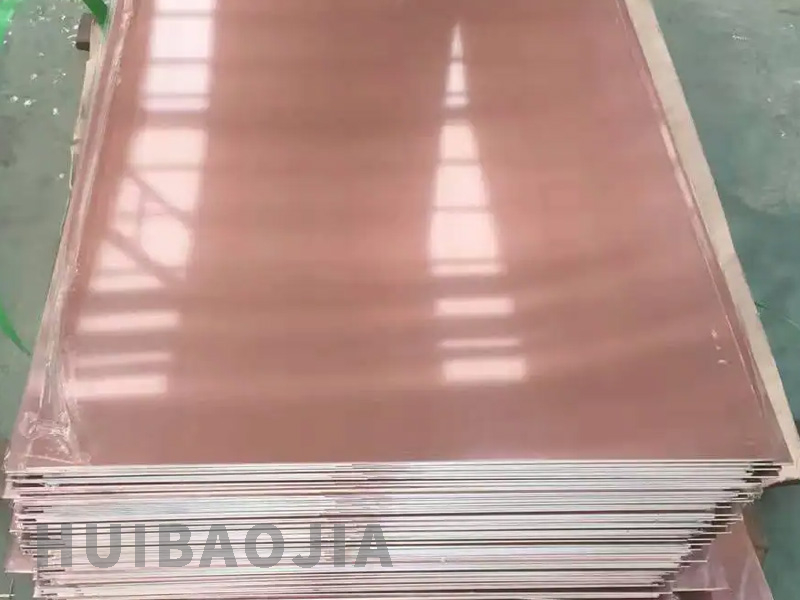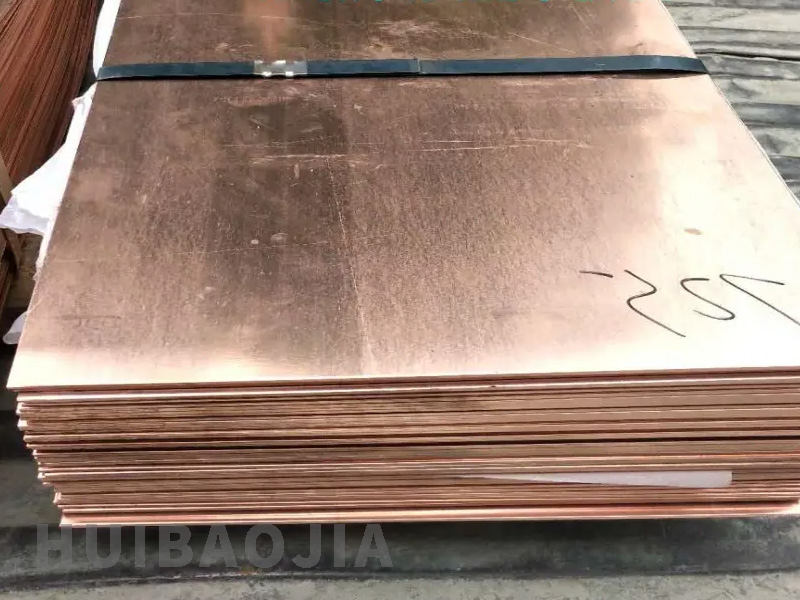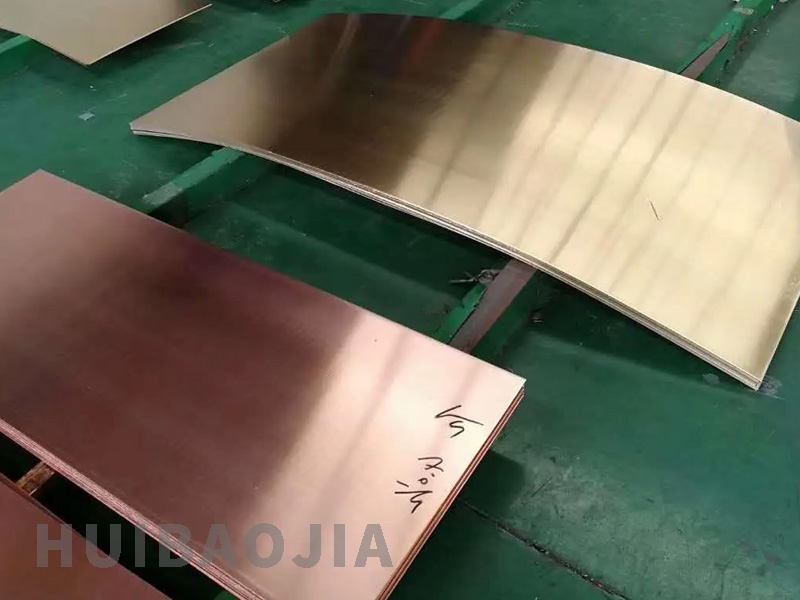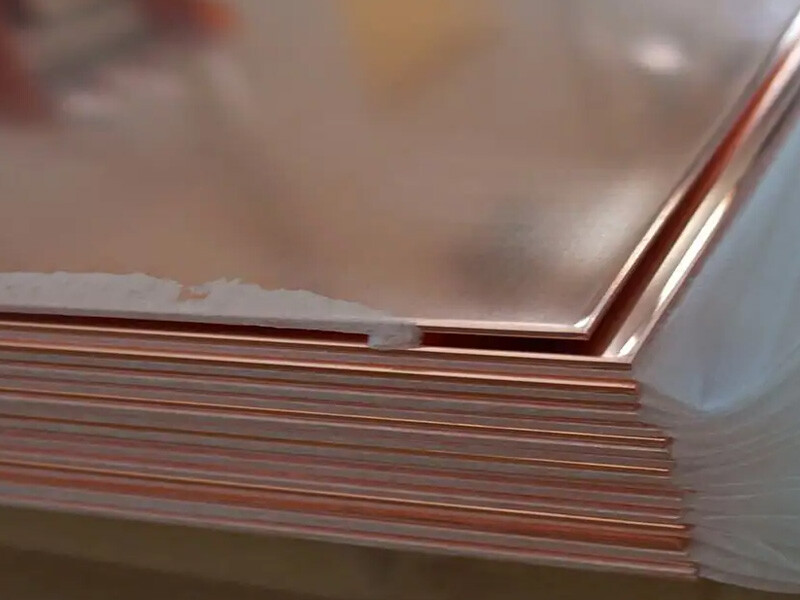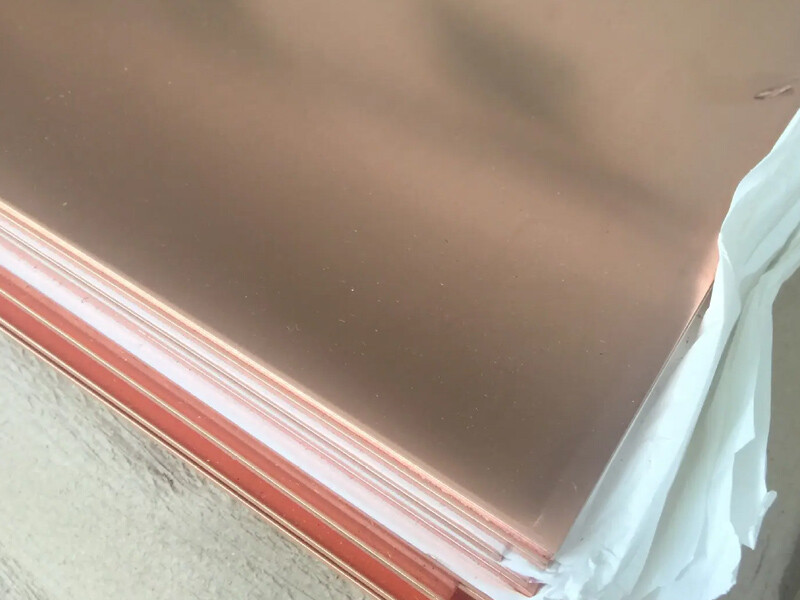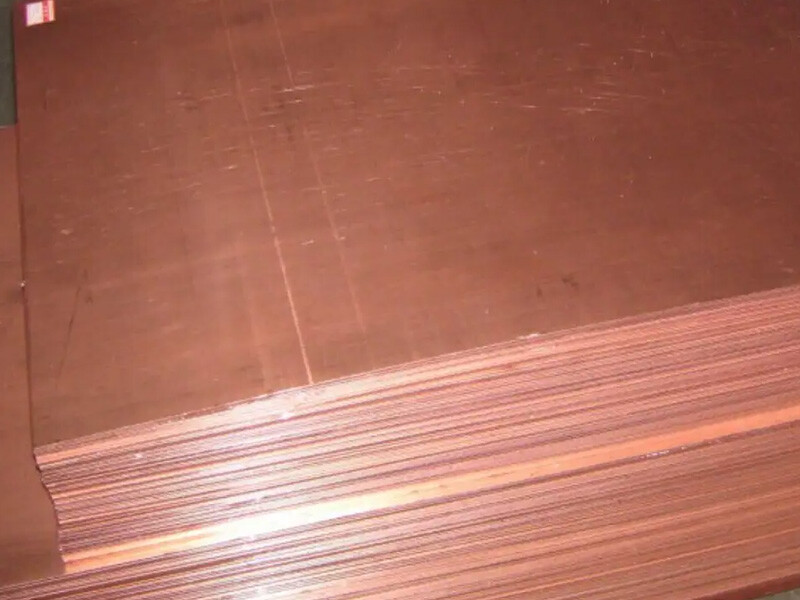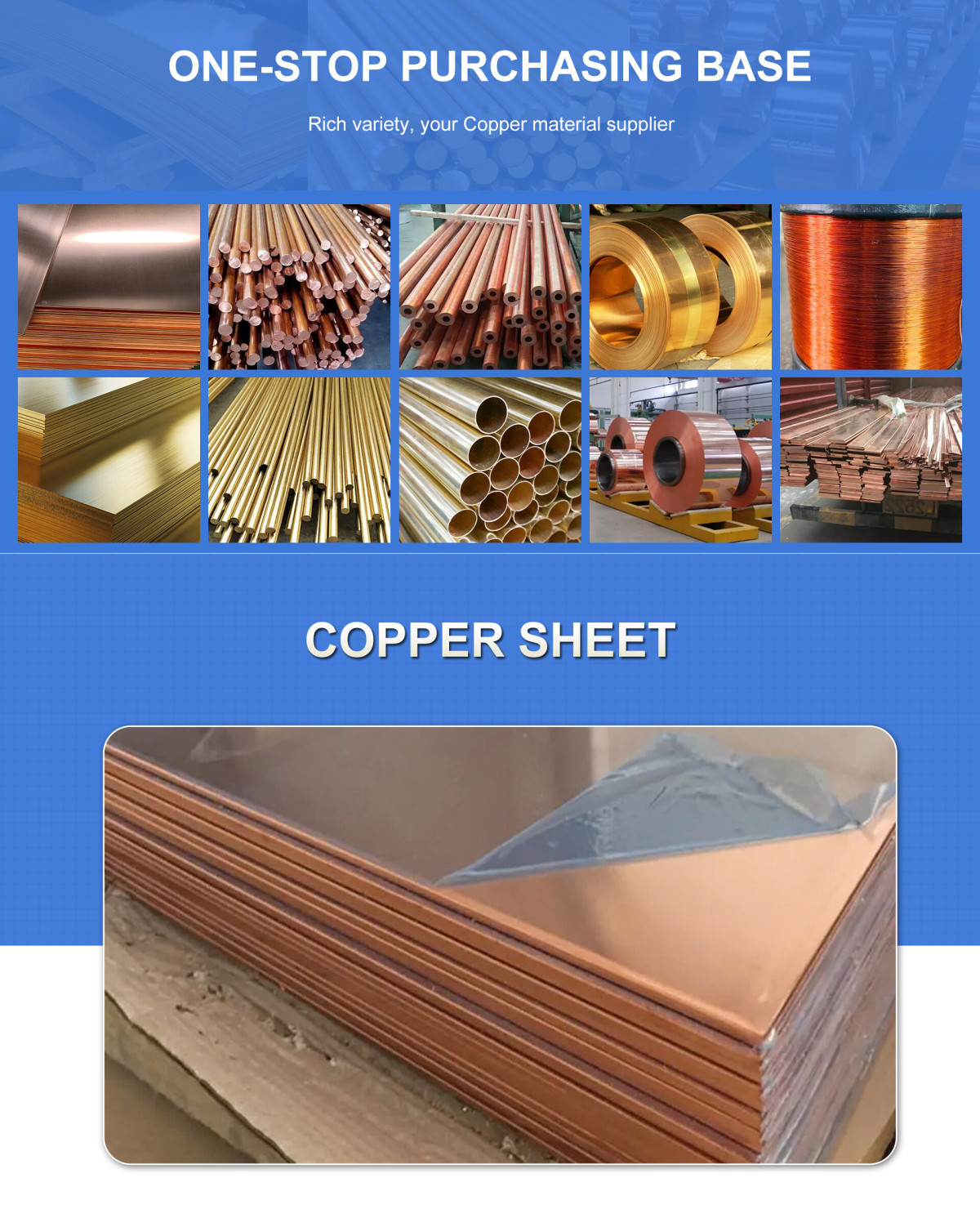
Detailed size range
Basic size:
Based on the general specifications of ordinary copper plates (may be partially applicable to tungsten copper alloys), the length is usually 500mm, the width range is 10mm to 200mm, and the thickness range is 2mm to 50mm.
Customization support:
Since tungsten copper alloys are mostly used for special industrial needs, non-standard size customization is usually supported, such as processing of plates or special-shaped parts of any thickness.
International standards
Chinese standards:
GB/T 17793-2010: Specifies the dimensional tolerances for processing copper and copper alloy plates and strips, including width, length, and thickness tolerances (such as cold-rolled pure copper strip thickness tolerances refer to Table 5 and Table 6).
European standards:
DIN EN 1652: Covers the chemical composition, mechanical properties, and dimensional tolerances (such as thickness, width, and length tolerances) of copper and copper alloy plates.
American standards:
ASTM series standards: For example, ASTM B152/B152M for mechanical properties and dimensional specifications of copper plates and strips
W75Cu25 (CuW75) tungsten copper alloy
Chemical composition
Tungsten (W) content: 75% ±2%
Copper (Cu) content: 25% ±2%
Impurities: ≤0.5%
Physical and mechanical properties
Density: 14.5–14.9 g/cm³ (slightly different from different sources)
Hardness: ≥195 HB (Brinell hardness)
Flexural strength: 885 MPa
Tensile strength: Not directly mentioned, but the flexural strength is high, and it is speculated that the tensile strength is similar.
Electrical conductivity: 38% IACS (International Annealed Copper Standard)
Thermal conductivity: 220–230 W/(m·K)
Coefficient of thermal expansion: 9.0–9.5×10⁻⁶/K
Softening temperature: ≥900℃
Dielectric strength: 6.42×10⁷ V/m for fine-grained type and 5.15×10⁷ V/m for coarse-grained type (fine-grained structure is better)
Processing characteristics
Easy to cut, can be completed by ordinary machine tools, but attention should be paid to the structural strength when processing sharp corners and thin walls.
The voltage resistance of fine-grained type (W powder with smaller particle size) is better than that of coarse-grained type because the electric field effect within the phase interface is enhanced.
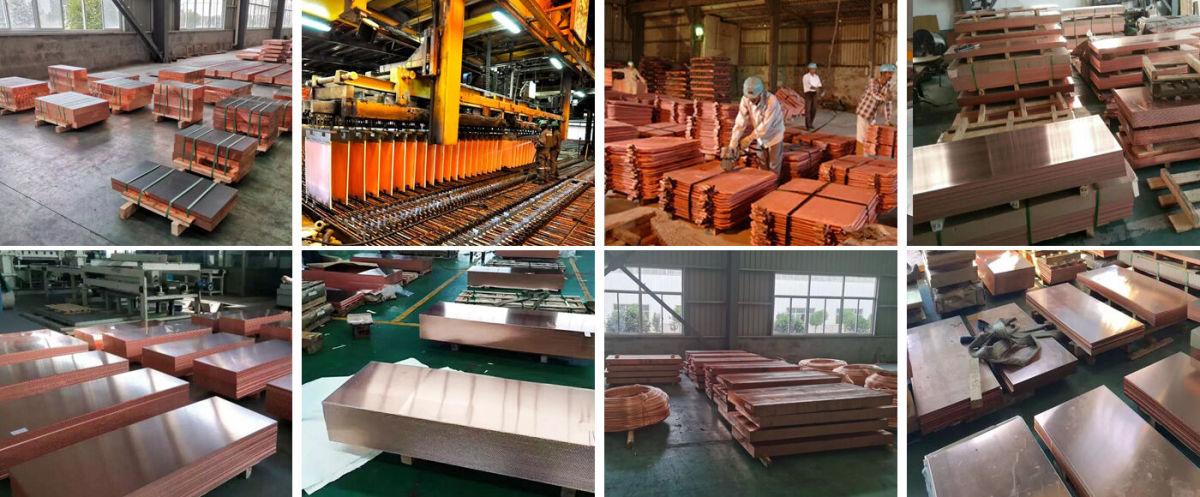
Production process and product advantages of W75Cu25 (i.e. CuW75 or WCu75) copper plate:
1. Production process
Powder metallurgy process:
The raw materials are high-purity tungsten powder and copper powder, which are prepared by static pressing, high-temperature sintering and copper infiltration. The specific process includes powder mixing, pressing, sintering (partly involving vacuum sintering), filling pores with copper infiltration, and finally mechanical processing.
The key points of the process include fine grain control (such as the increase in withstand voltage strength when the particle size decreases) and precise adjustment of the composition ratio (such as W75%+Cu25%).
Special process requirements:
Avoid sharp-angled thin-walled structures during cutting to prevent through-hole drilling defects.
Some companies use ISO9001-certified powder metallurgy technology to ensure that parameters such as density and surface finish meet the standards.
2. Product Advantages
Performance characteristics:
High thermal conductivity and low expansion matching: Combining the low thermal expansion coefficient of tungsten (9.0-9.5×10⁻⁶/K) and the high thermal conductivity of copper (200-230 W/m·K), it is suitable for thermal expansion matching with ceramics, semiconductors and other materials.
High strength and wear resistance: hardness ≥195HB, bending strength 885MPa, softening temperature ≥900℃ (some manufacturers reach 1200℃), arc erosion resistance, suitable for high-voltage discharge environment.
Conductivity and sweating cooling: conductivity 38-42%IACS, and the copper phase forms a "sweating cooling" effect after high-temperature melting, which improves heat dissipation efficiency.
Application areas:
Electrical equipment: used for high and low voltage switch contacts, radiators, etc., carrying large currents and high stability.
Welding and electrodes: as resistance welding/spark electrodes, high temperature adhesion resistance, extended service life.
Aerospace: rocket components and propulsion devices that need to withstand high temperature and high pressure.
Electronic packaging: Customize the thermal expansion coefficient by adjusting the W-Cu ratio to adapt to packaging material requirements.
Q1:Do you provide samples? Is it free or extra?
A1:Yes, we can provide samples free of charge and the customer will pay the freight.
Q2:What if I don't have export experience ?
A2:We have reliable forwarder agent which can ship items to you by sea/air/Express to your doorstep. Any way, we will help you choose the most suitable shipping service.
Q3:How long is your lead time?
A3:If it is in stock, it is usually 5-10 days. Or, if there is no inventory, 15 days, depending on the quantity.
Q4:What are your terms of payment?
A4:30% T/T deposit in advance, 70% T/T balance within 5 days after B/L copy, 100%.Irrevocable L/C at sight, 100% Irrevocable L/C after receive B/L 30-120 days, O/A.
Q5:How is your technical support?
A5:We provide lifetime online support through Whatsapp/ Skype/ Wechat/ Email. Any problem after delivery, we will offer you call anytime.
Welcome To Your Inquiry
What can we help you?
RELATED PRODUCTS

